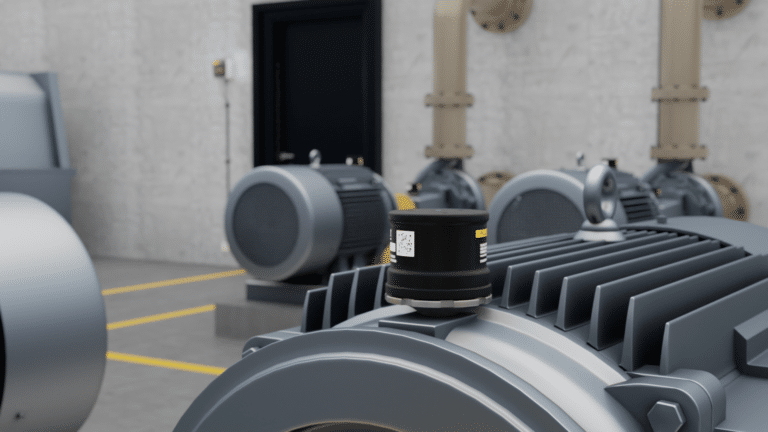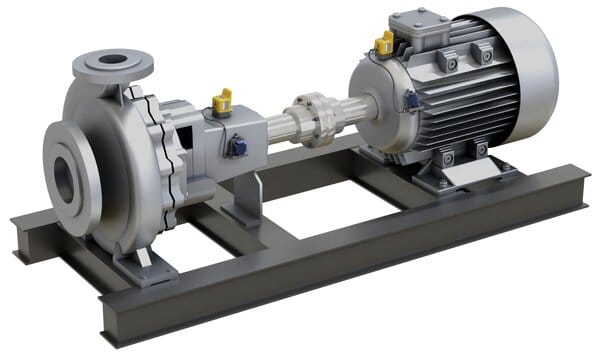A shortage of skilled labor has been one of the biggest challenges manufacturers have faced over the past several years. In what’s been dubbed “The Great Resignation,” staff have left their jobs in unprecedented numbers and employers across all industries have been scrambling to fill open roles. There are many reasons for this exodus stemming from ongoing impacts of the coronavirus pandemic. Workers leaving their roles cite a range of concerns including:
- Lack of empathy or authenticity
- Micromanagement
- Poor leadership
- Unfair pay
- Role misfit
- and more.
As a direct result of the pandemic, workers are also more focused on their health and wellness – and more willing to leave a job that is impacting their wellbeing. It’s a complex crisis that impacts most of the world. However, there are ways to overcome the impact of employee shortages using Industrial Internet of Things (IIoT) technology. For more information, see Industry 4.0 terms defined.

The Value of IIoT Technology for Today’s Labor Gap
Managers in industrial spaces have been seeing the impact of the labor gap, as jobs in maintenance and reliability have been hit particularly hard. With fewer employees, it’s harder to keep up with preventive maintenance, much less make progress on your journey toward predictive maintenance. While it may seem ironic, the very technology driving the future of maintenance is also the same technology helping maintenance teams overcome labor shortages right now. The answer to labor shortages is none other than IIoT technology.
Here are three ways IIoT can help maintenance managers overcome today’s worker shortages – and position themselves for the future:
1. Implement Connected Reliability
Connected reliability is built on the idea that all of your systems, assets, and people should be able to communicate easily and effectively. It starts by collecting comprehensive data on asset health, runtimes, and performance and gathering them into the cloud. However, the data is only so valuable on its own. It also requires analysis and action. Connected reliability provides the depth and breadth of data needed for high-demand decisions.
Skilled tradespeople were already in demand before the COVID-19 pandemic. The gap has only worsened, as knowledge is walking out the doors. IIoT allows those who remain to draw on tribal knowledge left behind on CMMS software. Workers can leverage existing data in new ways. Remote condition monitoring lets workers remotely track assets prior to a failure. In other words, IIoT technology helps unburden workers.
2. Reduce Backlogs
Backlog accumulation often goes hand in hand with worker shortages. The longer work goes uncompleted on backlogs, the more often costly failures or safety issues occur. The goal is to control backlog during normal operations, let alone pandemic emergencies.
Properly planning work prioritization with the skills of current employees will slowly but surely reduce backlogs. Even with worker shortage issues, backlogs can be eliminated. Tracking backlog completion rates provides visibility into worker capacity and allows you to calculate Mean Time to Repair metric.
Mean Time to Repair (MTTR) is a metric for how long an asset is out of production, or the average time to repair from failure. Long repair times significantly impact a business’s bottom line, translating into missed orders or objectives.
MTTR Calculation is as follows: Sum of Downtime Periods ÷ Number of Downtime Periods = MTTR
Managers can determine minimum staffing, inventory, and repair/replace requirements by tracking MTTR. It represents how well an organization can respond to equipment problems with repairs. While MTTR may not solve worker gaps, it will help you find its impact on your organization.
3. Increase Work Completion Rates
It’s a no-brainer to track work completion rates in maintenance. It’s harder to do in practice. By tracking backlog completion and MTTR metrics, organizations can track work completion rates.
Connected reliability can help by freeing workers from routine measurement-taking rounds. Deploying condition monitoring technologies is better than simple rounds alone. For example, wireless vibration sensors can detect early failure warnings with more than enough time to plan and schedule maintenance. Thermal cameras can detect leaks, insulation gaps, electrical buildup, and other failure-causing issues.
Organizations can send technicians to work on jobs, not measurements, when combining these practices with continuous remote condition monitoring devices.
Get Started with IIoT Technology
If you’re struggling with labor shortages and want to leverage connected technologies, we’re here to help. Contact us to speak with an expert about the best way to get started.






